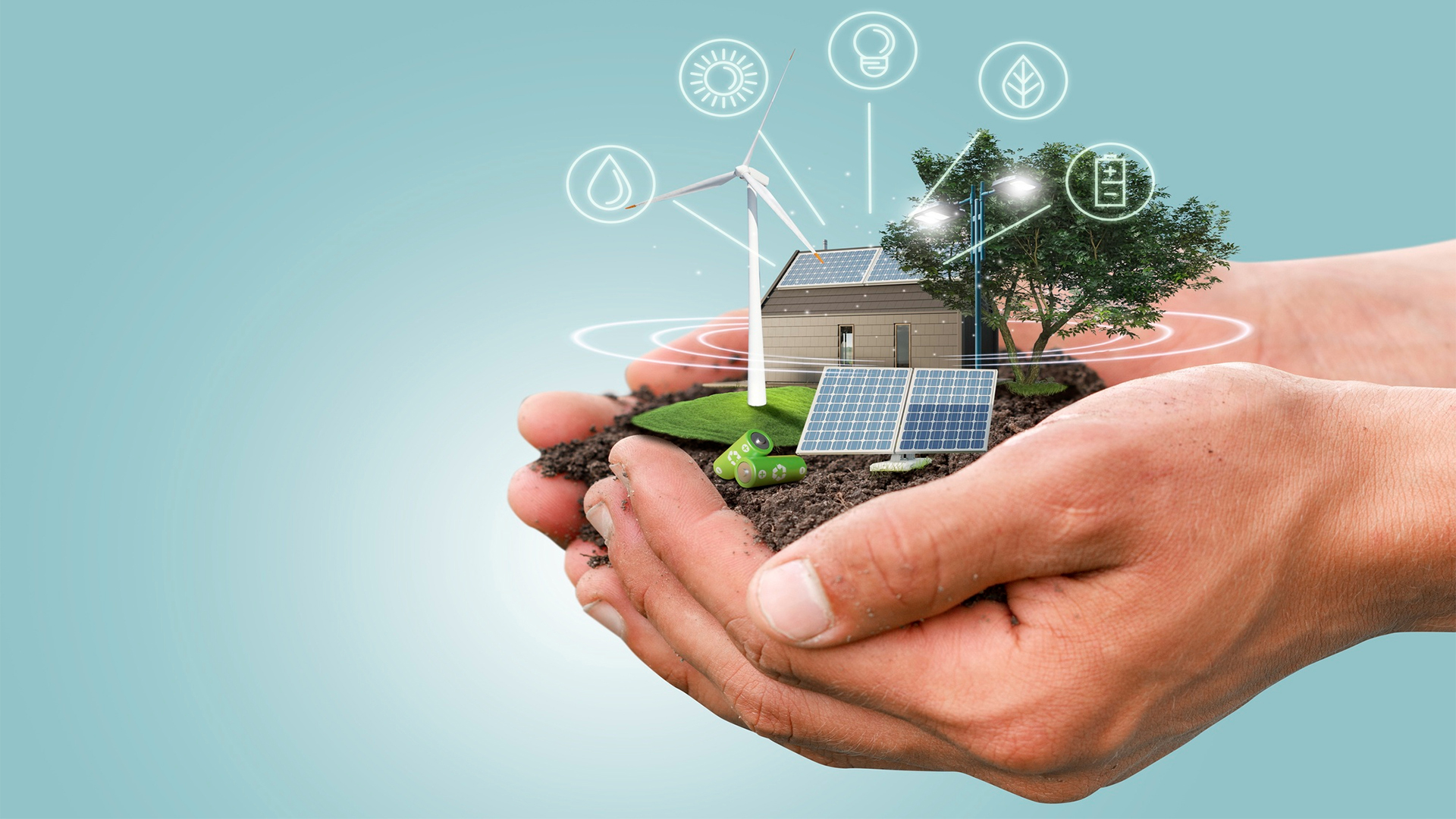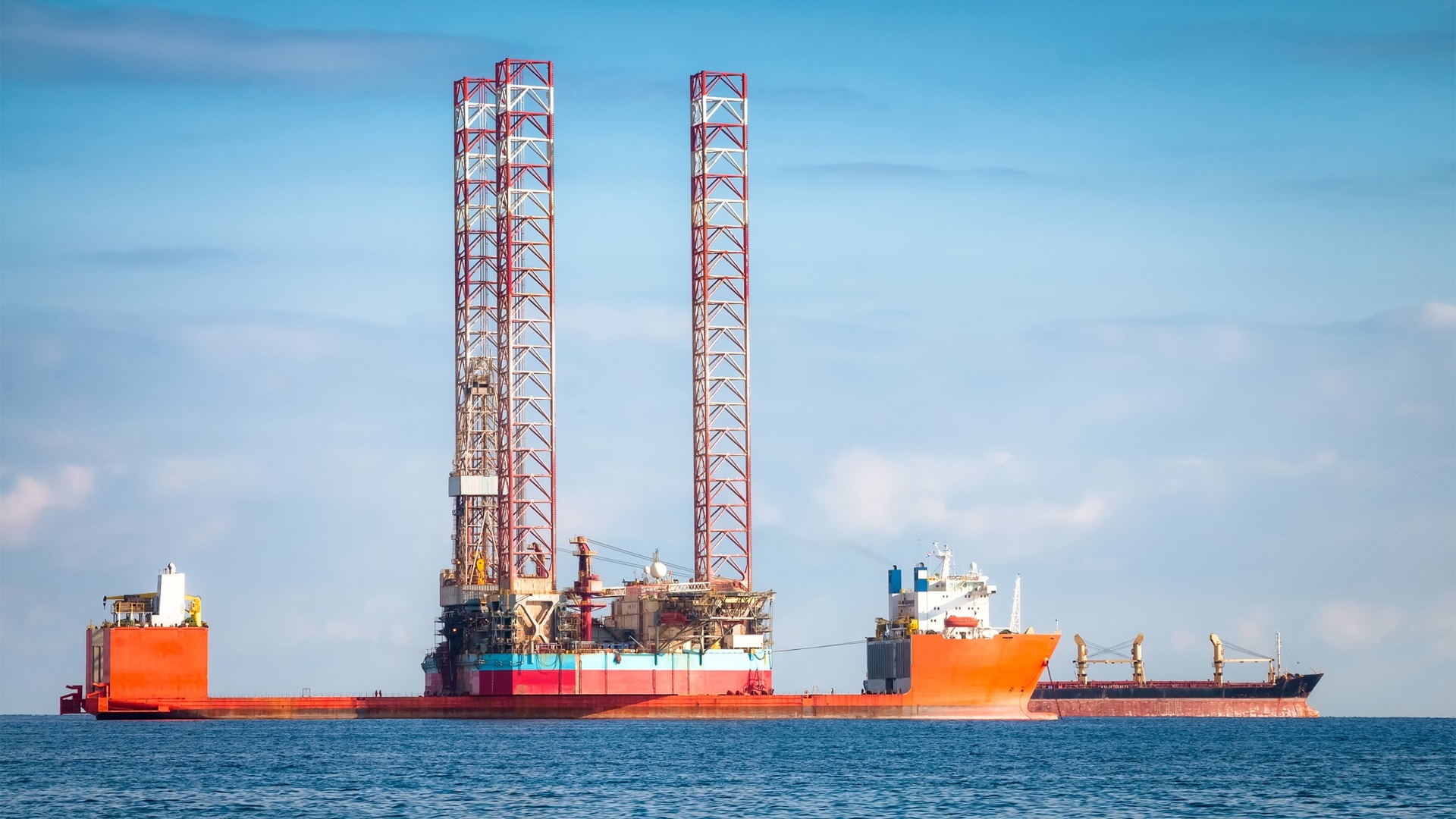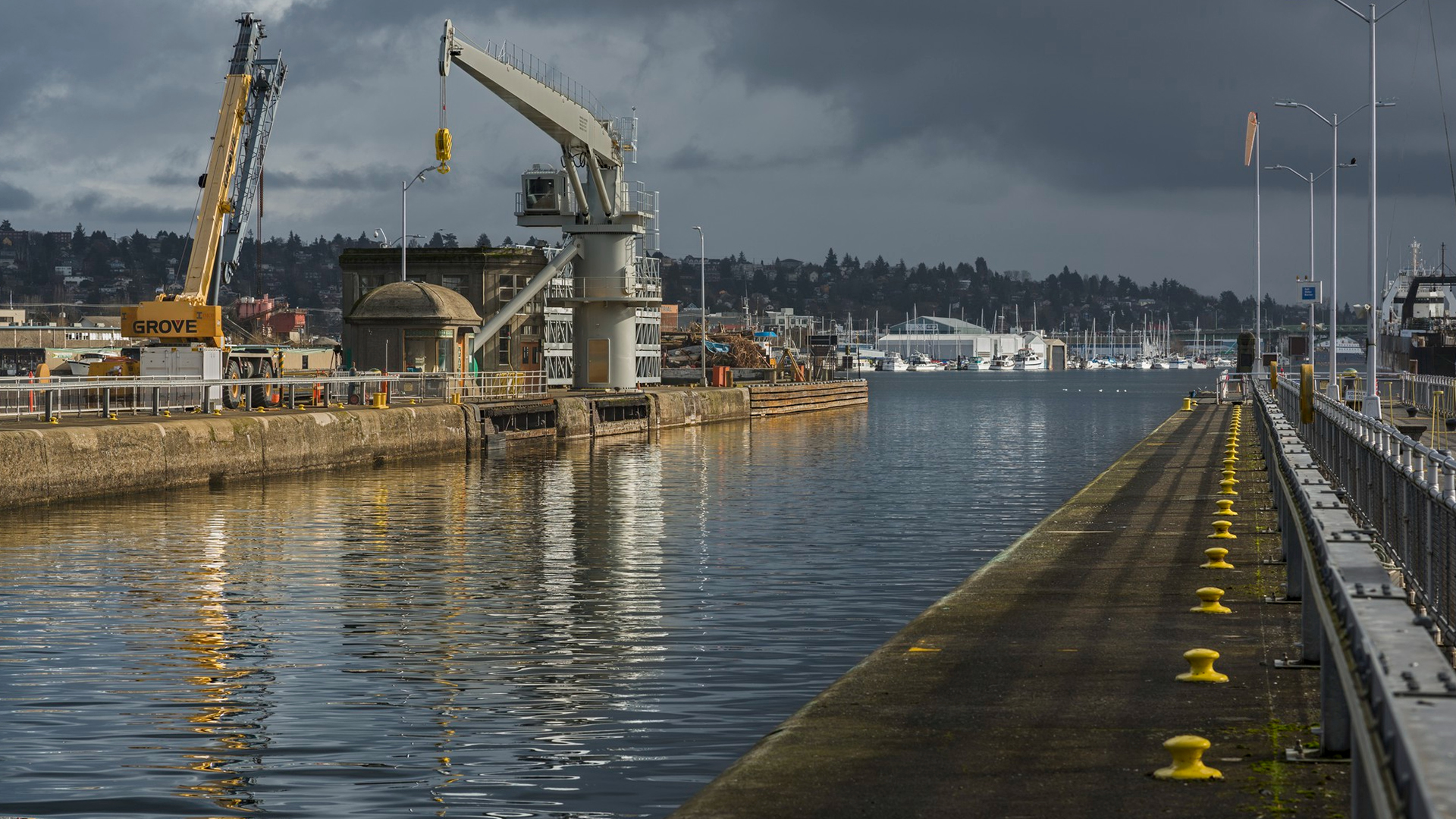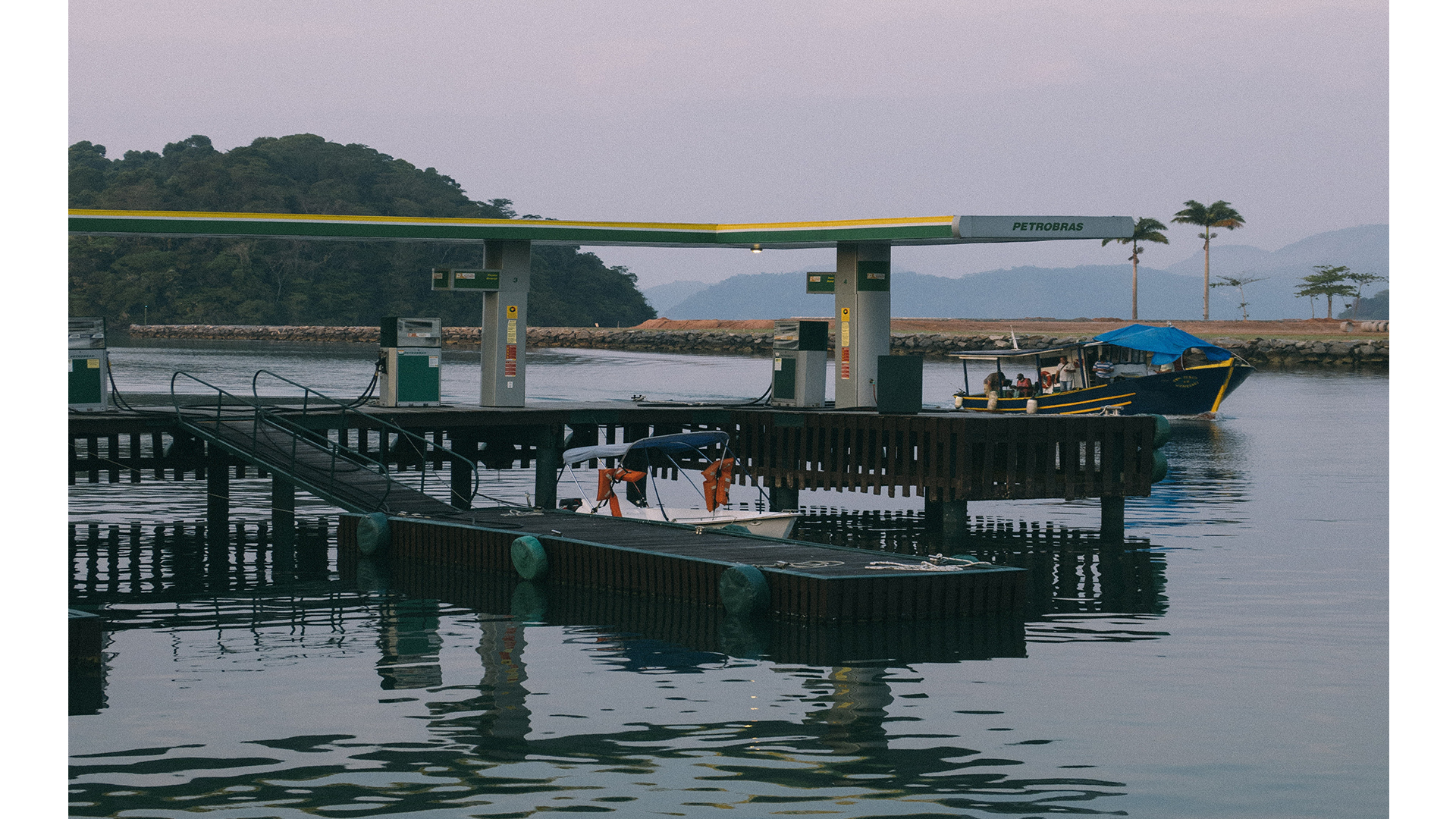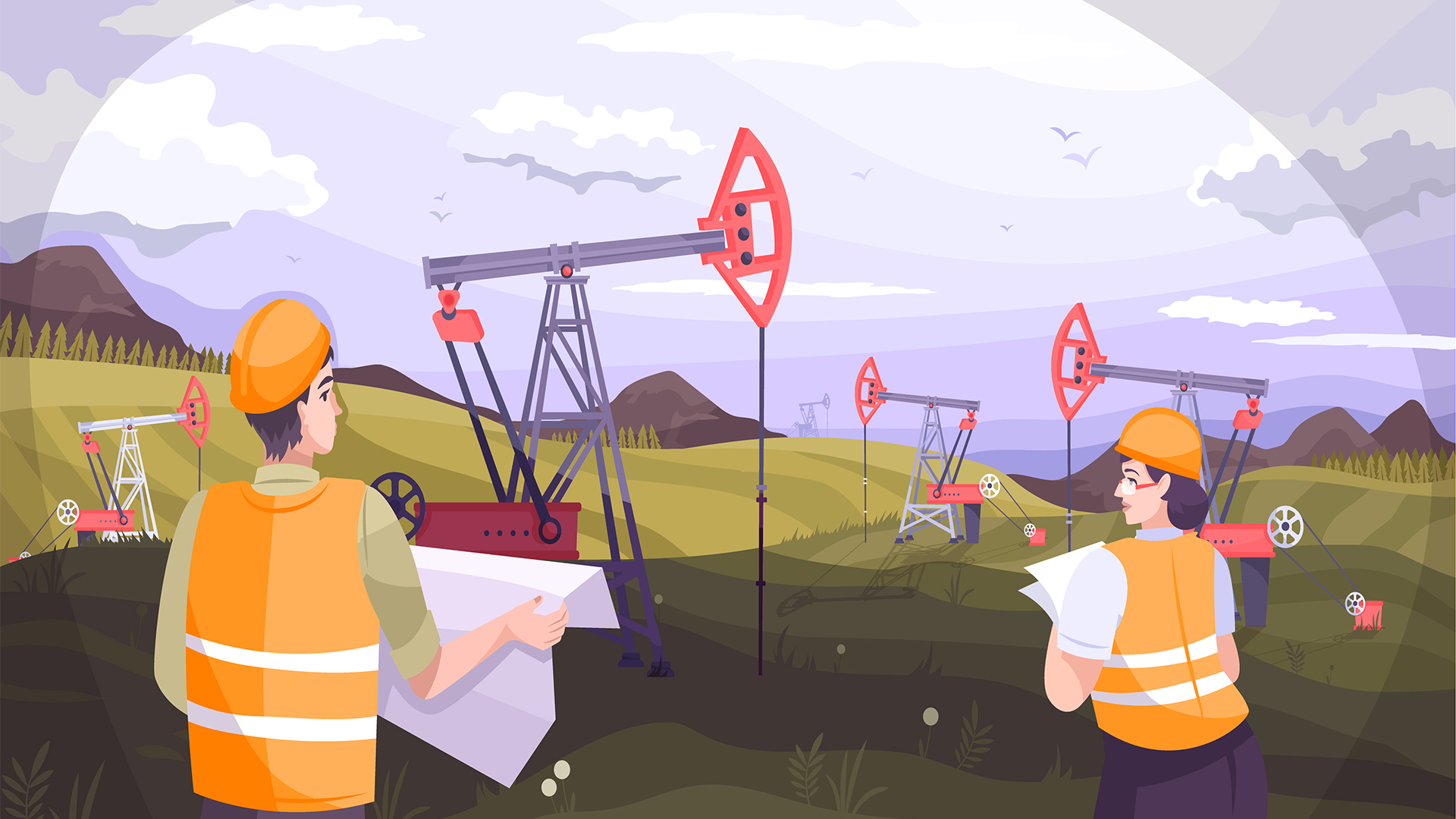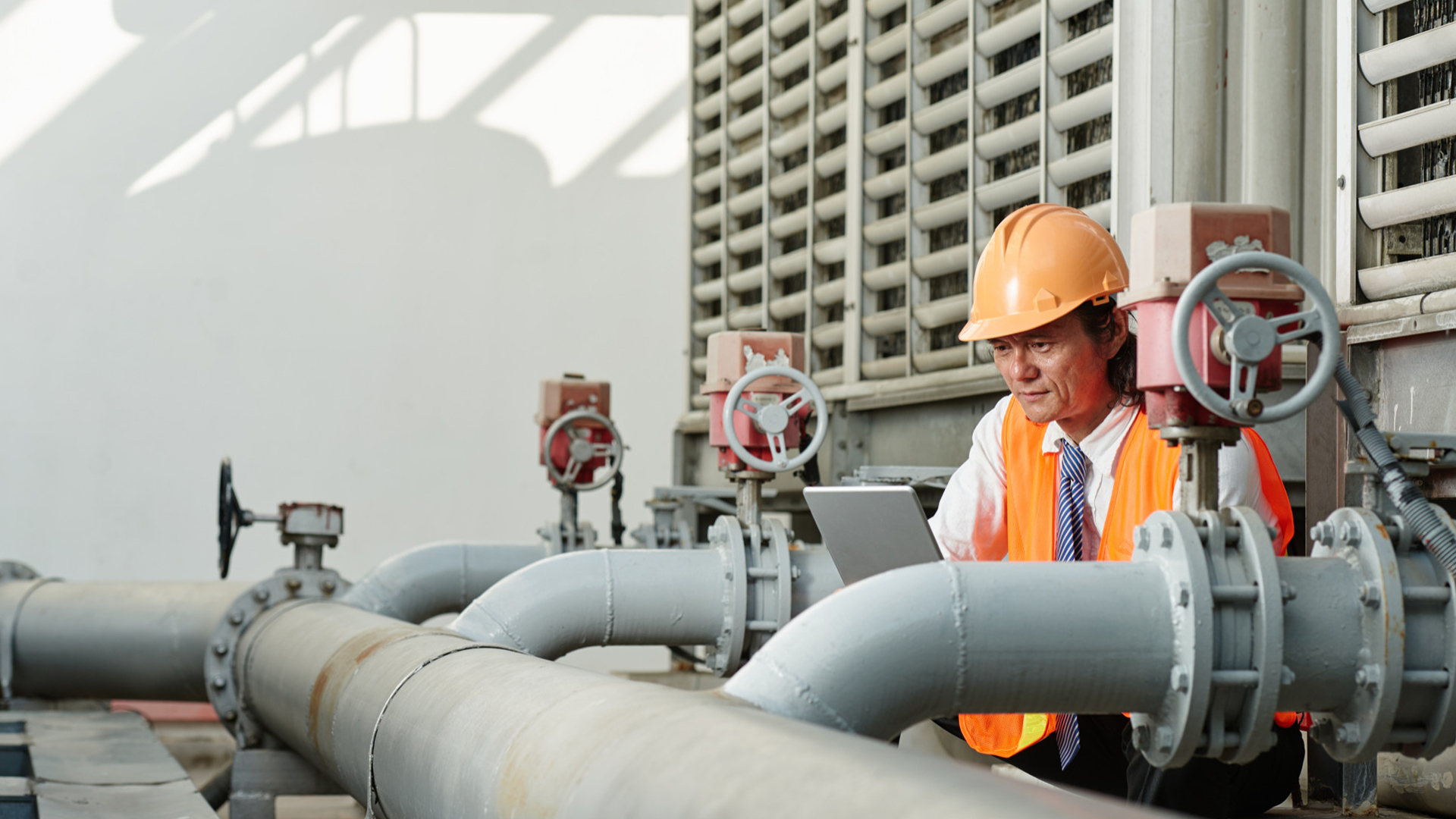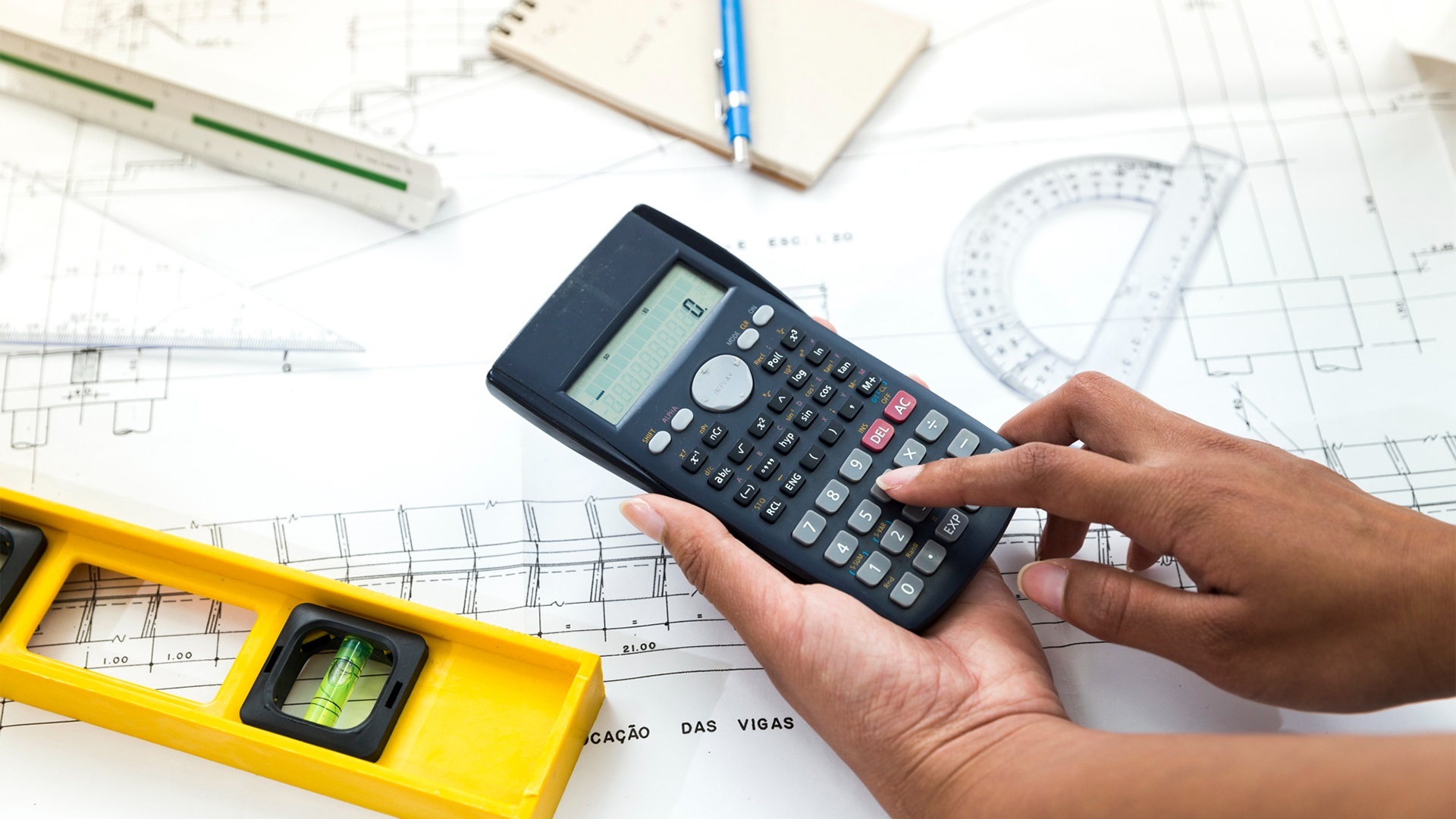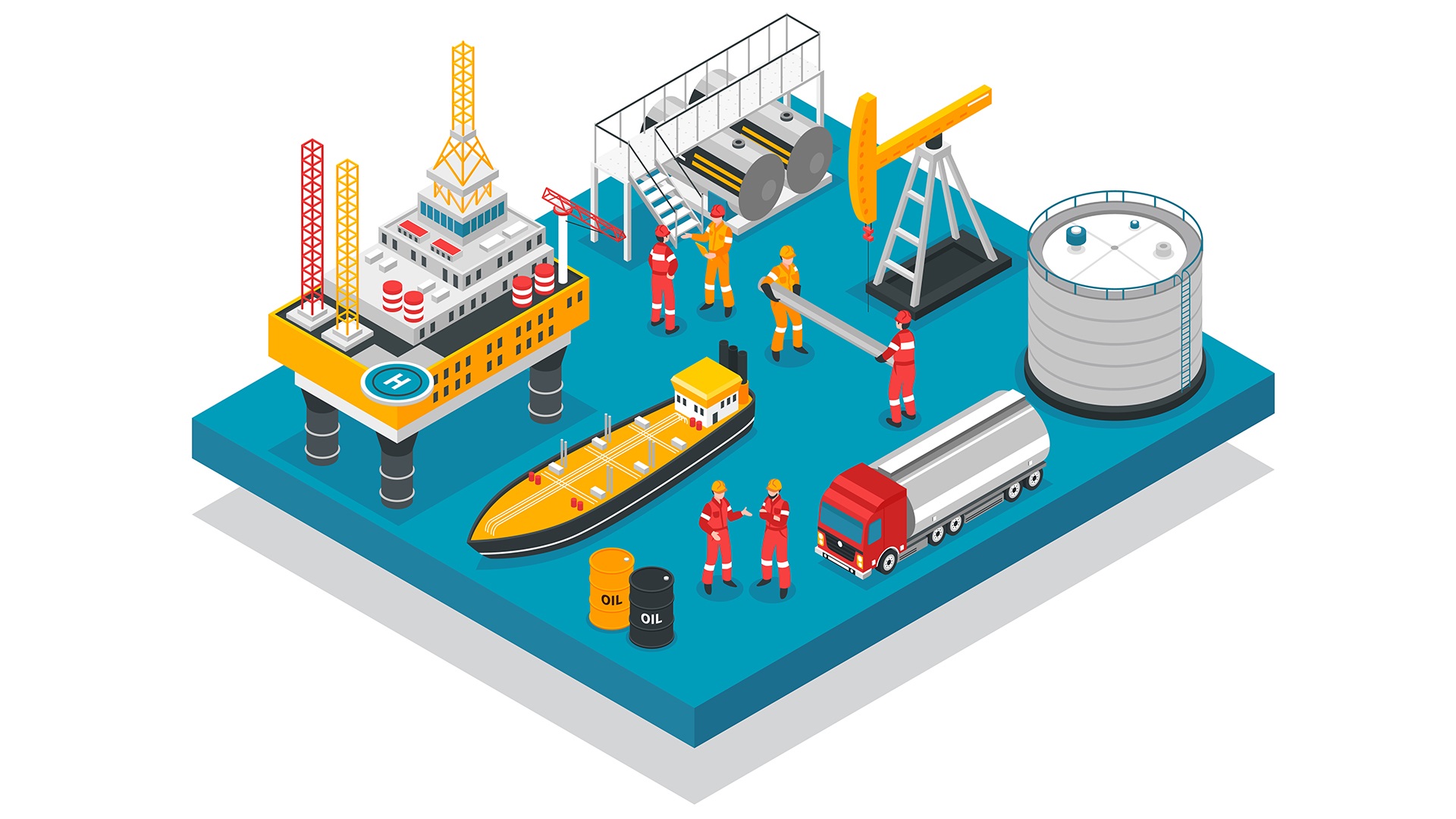
The Offshore Structures Design Knowledge Base
Course overview
How Come Offshore Engineering?
A vital and significant area of engineering, offshore structure engineering is concerned with the planning, building, installation, and upkeep of infrastructure.
Which kinds of offshore constructions exist?
It’s possible for offshore constructions to be near water. To put it succinctly, they work directly on water environments, primarily rivers, seas, and oceans. They are essential to the efficient operation and output of the oil and gas industry. They increase oil and gas output by using a variety of building techniques, incorporating contemporary technology into their designs, and maximizing the structural facility’s cost through design.
Several facets of offshore structure construction are intended to be integrated within this Training Bee course on “Offshore Structures Design, Construction and Maintenance.” The course will provide a broad overview of ocean/sea structure design and construction as an engineering discipline and include numerous case studies for learning. The course goal is to provide the prospective candidate with a thorough understanding of offshore design, constructions, installation, and maintenance engineering in general. The course covers doormat structural analysis, impacts of load effects on an offshore facility, and more contemporary methods of structure analysis.
Introduction
Greetings and welcome to the Offshore Structures Design, Construction, and Maintenance course. This is a thorough and in-depth curriculum that will provide you the insight and abilities you need to succeed in the diverse field of offshore structures.
Oil and gas platforms and renewable energy installations are examples of offshore constructions that are essential to the global energy system. The increasing global need for energy has led to the necessity of offshore constructions as a means of extracting precious resources located beneath the ocean’s surface. With careful planning and development, this program will teach you a deep grasp of the complexities and difficulties involved in creating, building, and maintaining these intricate and important buildings.
Participants will participate in a combination of lectures, practical exercises, case studies, and interactive discussions facilitated by professionals in the field during this course. Additionally, you will have the chance to network with other industry experts and learn from practical projects that have influenced the offshore structure sector.
After completing this program, you will have a thorough understanding of offshore structures and be equipped with the knowledge and skills necessary to improve project performance, make wise decisions, and support the responsible and sustainable development of these vital parts of the world’s energy infrastructure.
We are The Training Bee, a global training and education firm providing services in many countries. We are specialized in capacity building and talent development solutions for individuals and organizations, with our highly customized programs and training sessions.
Learning Objectives
Upon completing Offshore Structures Design, Construction and Maintenance, participants will be able to:
- To give the participant a thorough understanding of offshore constructions’ conceptual design
- To equip participants with specialized knowledge in offshore structure design, construction, and maintenance
- To provide a general understanding of offshore facility maintenance and operation protocols.
- To give participants practical instruction so they can become accustomed to the contemporary technologies used in surface and underwater constructions
- To provide knowledge to participants about the advantages and disadvantages of various offshore structures
- To give participants awareness of the codes, standards, and inspection requirements for offshore facilities.
- The participant will be conversant with the platform of the offshore plant.
Our Unique Training Methodology
This interactive course comprises the following training methods:
- Journaling – This consists of setting a timer and letting your thoughts flow, unedited and unscripted recording events, ideas, and thoughts over a while, related to the topic.
- Social learning – Information and expertise exchanged amongst peers via computer-based technologies and interactive conversations including Blogging, instant messaging, and forums for debate in groups.
- Project-based learning
- Mind mapping and brainstorming – A session will be carried out between participants to uncover unique ideas, thoughts, and opinions having a quality discussion.
- Interactive sessions – The course will use informative lectures to introduce key concepts and theories related to the topic.
- Presentations – Participants will be presented with multimedia tools such as videos and graphics to enhance learning. These will be delivered engagingly and interactively.
Training Medium
This Offshore Structures Design, Construction and Maintenance training is designed in a way that it can be delivered face-to-face and virtually.
Course Duration
This training is versatile in its delivery. The training can be delivered as a full-fledged 40-hour training program or a 15- hours crash course covering 5 hours of content each day over 3 days
Pre-course Assessment
Before you enroll in this course all we wanted to know is your exact mindset and your way of thinking.
For that, we have designed this questionnaire attached below.
- What is the main objective of offshore structures, and how are they designed and used differently from onshore structures?
- Describe the primary categories of offshore structures and the ways in which the oil and gas sector often uses them.
- What are the most important safety factors to take into account while designing, building, and maintaining offshore structures, and how may those factors be reduced to the lowest possible level?
- Describe the significance of material selection in the design of offshore structures. What variables affect the selection of materials for various offshore platform components?
- What steps may be taken to assure stability and safety while designing and building offshore structures, and how do environmental factors like wind, waves, and currents affect those aspects?
Course Modules
This Offshore Structures Design, Construction and Maintenance covers the following topics for understanding the essentials of the Agile Workplace:
Module 1 – An Overview of Offshore Structure Standards
- Categories and types of offshore constructions
- Design guidelines, requirements, and constraints for offshore structures
- Overarching design principles
- Selection and material choice
- Design enhancement
Module 2 – Float and Swell
- Overview of Wave Theories
- Synopsis of buoyancy and stability
- Metrological and Oceanographic Information
- Forces of wind and waves
Module 3 – Synopsis of Submarine Constructions
- Overview of undersea infrastructure
- Contemporary technology in underground facilities
Module 4 – Geotechnical, Pile, and Structural Analysis
- The application of geotechnical engineering to offshore structures
- Pile design for an offshore structure
- Laterally-loaded pile design
- Axially-loaded pile design
- Examples of computer-aided designs are SESAM, SACS, and AutoCAD.
- Topside and jacket designs
Module 5 – Detailed engineering design and specialized structural analysis
- Introduction to Dynamic Analysis
- Design of tubular joints and tubular members: Spectral/Vibrational Evaluation
- Transportation, load-out, and installation
- Earthquake and seismic analysis
Module 6 – Dependability and structural soundness
- The structural integrity principle
- Evaluation of offshore constructions’ dependability
- Preventive maintenance for offshore installations
- Risk control and offshore structure evaluation
Module 7 – Steel Production
- Overview of steel and its manufacture
- Overview of welding technologies
Module 8 – An Overview of Environment, Health, and Safety in the Construction of Offshore Facilities
- An summary of the HSE Lifting strategy for offshore building
- Surviving at altitude
- Tips for marine safety
Post-course Assessment
Participants need to complete an assessment post-course completion so our mentors will get to know their understanding of the course. A mentor will also have interrogative conversations with participants and provide valuable feedback.
- Give an explanation of the main purposes of offshore structures and give instances of the many kinds of offshore structures that are frequently employed in the oil and gas sector.
- What steps may be taken to assure the stability and safety of offshore structures, and how do environmental factors like wind, waves, and currents affect their design, construction, and maintenance?
- What are the primary safety factors to be taken into account throughout the design, building, and maintenance of offshore structures, and how may these factors be reduced to reduce risks?
- Describe how the choice of materials affects the design of offshore structures. What effects does material selection have on the building and upkeep of different offshore platform components?
- Talk about the normal phases of building an offshore platform, starting with the design and ending with installation and commissioning.
Lessons Learned
Safety comes first: When designing, building, and maintaining offshore structures, safety comes first. To prevent accidents, strict protocols, ongoing attention, and a strong safety culture are necessary.
Environmental Responsibilities: It is imperative to comprehend and alleviate the ecological consequences of offshore constructions. It is imperative to adhere to environmental rules, adopt sustainable practices, and utilize eco-friendly materials.
Engineering Excellence: Technical know-how, careful material selection, and stringent quality control procedures are necessary to achieve sound design and construction of offshore structures.
Materials Matter: The strength, integrity, and upkeep needs of offshore constructions are greatly influenced by the selection of materials. Selecting the right materials is essential.
Lifecycle Management: To guarantee the durability and security of offshore constructions, efficient maintenance is necessary. Crucial elements include structural integrity evaluations, corrosion control, and routine inspections.
Innovation and Technology: Maintaining a competitive edge and increasing productivity in the design, building, and maintenance of offshore structures requires embracing cutting-edge technology and trends.
Regulatory Compliance: A key component of offshore structure projects is navigating the intricate regulatory environment. It is imperative that one comprehends and abides by all applicable laws and permissions.
Community and Stakeholder Engagement: Maintaining a social license to operate and ensuring project success depend on cultivating strong connections with local communities and stakeholders.
